
Why are wildlife corridors important?
In an increasingly urbanised world, wildlife corridors are vital for the survival of countless species. Assistant Ranger, Emma, explores why wildlife corridors are important, and the ways you can create your own in your garden and local community.
How wildlife views the world
Next time you are in your garden or local green space, have a think about what it might look like for its wildlife residents. How is it viewed through the eyes of small animals, like the frogs and toads that may pay your patch a visit?
Look through the eyes of nature around you, then spread your wings and have a bird’s eye view of your surrounding area, what does it look like? If you were a hedgehog, which can travel around 2km a night, can you roam freely through your area or is your path blocked by fences, roads and buildings?
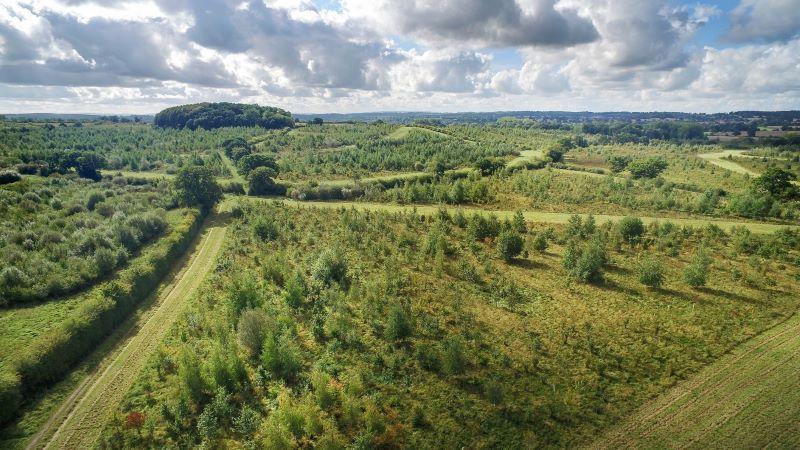
Habitat loss and fragmentation
Our once wild world has been divided by human development: agriculture, cities, towns, roads and railways. Large habitats have been broken down and animal populations have divided into smaller sub-populations with little or no contact between them. This can be detrimental to their survival.
Habitat loss and fragmentation are huge threats to our wildlife. Fragmentation is the process of habitat being lost, resulting in smaller, isolated patches of habitat. If you picture a full jigsaw puzzle, then take out pieces here and there, you will create a fragmented puzzle – this is what habitat fragmentation looks like.
What are wildlife corridors?
Wildlife corridors are vital for the survival of our natural neighbours. They bridge the gap between habitats which otherwise would be small and isolated and join them together.
Linking core wildlife habitats helps to restore and preserve biodiversity, allowing movement between important habitats to maintain genetic diversity in wildlife populations. Without this, local extinctions can occur.
Our natural neighbours’ complex daily requirements require them to travel safely from place to place, looking for nesting sites, food, water, a resting haven and shelter. Wildlife corridors are fundamental pieces in the biodiversity puzzle in a world full of fragmented landscapes.
Who roams the corridors?
Everyone! From terrestrial mammals to aquatic animals; wildlife corridors can be on both land and in water. Not only do they help wildlife to travel between habitats, but they can also be uniquely used by each species. For example, bats rely on wildlife corridors as navigational aids, using the features in the landscape such as hedgerows to guide them from their roosts to feeding grounds.
Plants as well as animals can colonize, migrate, and interbreed successfully with the help of wildlife corridors.
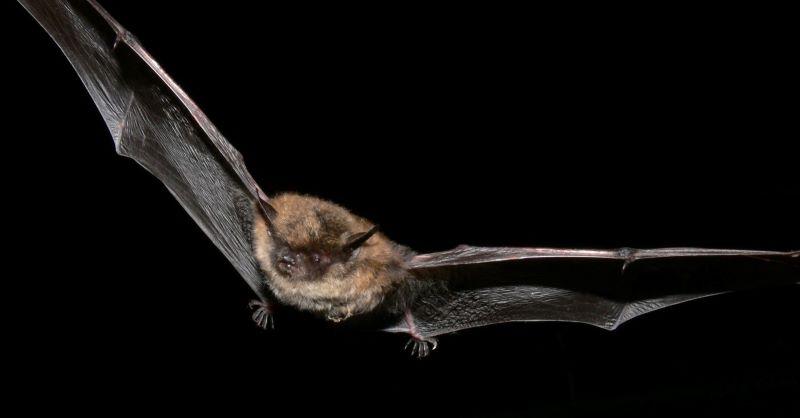
Creating corridors in the Forest
Here at the Heart of England Forest, we are creating habitat havens for the benefit of wildlife. We have created 4000 acres of new woodland, planting nearly 1.9 million trees so far, in an overall area of 7,000 acres.
We have connected fragmented patches of woodland that were previously separated for agricultural use and created the next generation of woodland with the help of hedgerows, rivers and streams, which will help our aquatic natural neighbours too, like otters.
The hedgerows in the Forest are particularly valuable to wildlife, supporting around 50% of our mammals, 30% of our butterflies and 80% of our woodland birds, as well as amphibians and reptiles too. They have their very own micro-climate, allowing animals and insects to thrive. Read more about Forest hedgerows and wildlife.
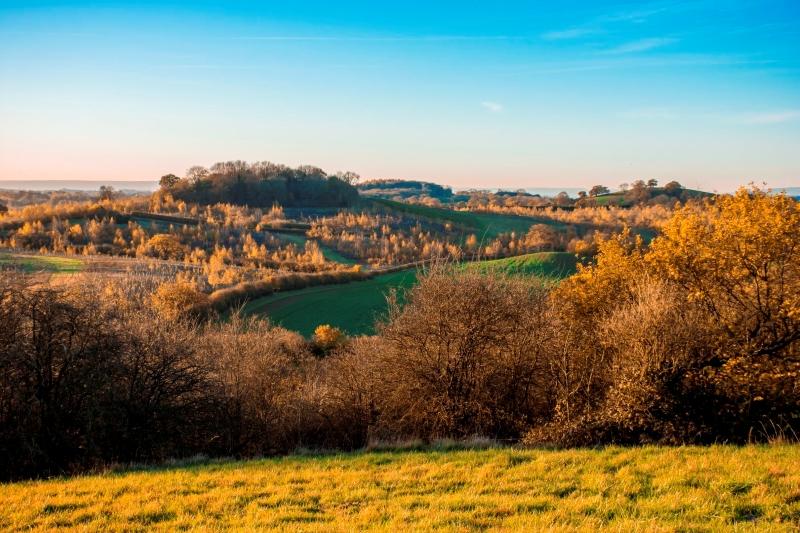
Creating your own wildlife corridors
You have the power to make a difference! Your garden could become a wildlife corridor, connecting isolated individuals and populations by providing a home, food and shelter for your natural neighbours in need.
Winter is on the way and it is a perfect time to create a corridor. Think like your local critters and put yourself in their paws; how easy is it to make your way in and out of your garden? Is your path blocked by fences and walls, with big open areas where you could not cross for fear of being spotted and becoming someone’s dinner?
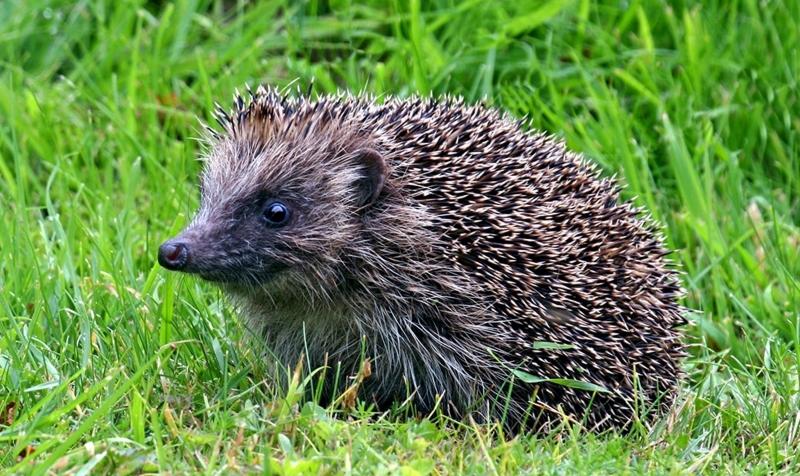
5 ways to give wildlife a helping hand
Helping hand 1 – make a hedgehog highway
Check with your neighbours that it is ok to add gaps in your fences at ground level, they can be the size and shape of a CD, perfect for a little hedgehog. All you need is a pencil to draw the hole, a drill with a wood drill bit, and a saw, and there is no need to cut the vegetation that grows around it. Your natural neighbours will thrive with such a simple gesture of kindness.
Helping hand 2 – climbing plants
If you have walls in your garden, try adding a climbing plant to provide shelter and food for wildlife. Read this Gardeners’ World article to discover the top 10 climbing plants for wildlife, including passion flower, honey suckle, hops and ivy.
Helping hand 3 – let your lawn flourish!
Society has taught us that a wild lawn is an untidy lawn, and that lawns should be preened and pruned to perfection. But this can negatively affect our wild neighbours. If you do like a tidy garden, leave a small patch to go wild and see the difference it can make. A lot of our wildlife does not like open spaces due to the risk of predation, so long grasses are ideal for our smaller species like amphibians, beetles, shrews, voles and hedgehogs.
Helping hand 4 – plant shrubs and hedges
Corridors don’t have to be perfect linear pathways, they can act as stepping stones too. Trees and shrubs provide habitat for small mammals, reptiles, amphibians and insects, whilst providing food for birds and larger mammals through the seeds and berries they offer. Hedges are the most wildlife-friendly garden boundaries to plant. Aim to create a thick hedge by planting a double row of trees and shrubs with 20 – 30cm spacing between them around the border of your garden. Successful hedges can be created by using small ‘whips’ of species such as hawthorn, guelder rose, blackthorn and hazel. You could also add field maple, holly and buckthorn. Checking the species of your local hedges can help you decide what to plant. The best time to plant your shrubs and hedges is between November and March. Trees are dormant during this time, so you will not disturb or harm the trees whilst moving and planting them.
Helping Hand 5 – involve your community
You could create a highway for nature between the gardens in your community. Not only could you create a corridor, but a whole new network for nature.
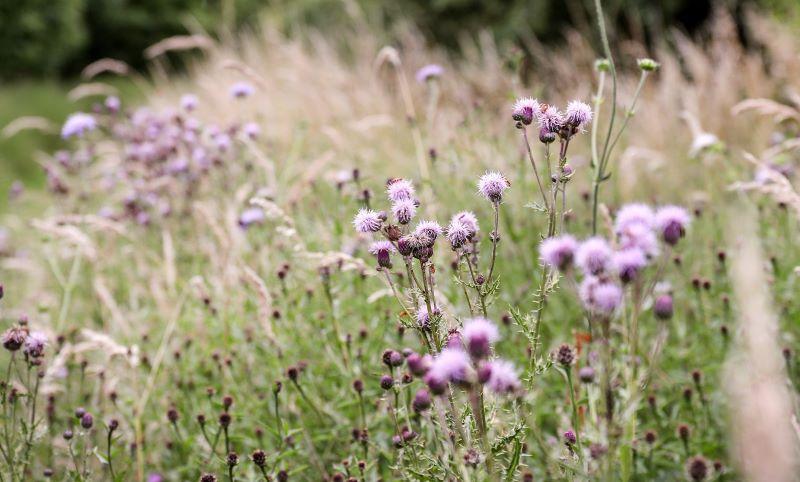
Combat habitat fragmentation
So much land has been lost at the hands of human development, so it is now up to us to improve our land for future generations of wildlife and humans alike.
Even just a few small shrubs could make a difference to connecting and restoring lost habitat. You can be the conservation planner for your community to combat habitat fragmentation!



